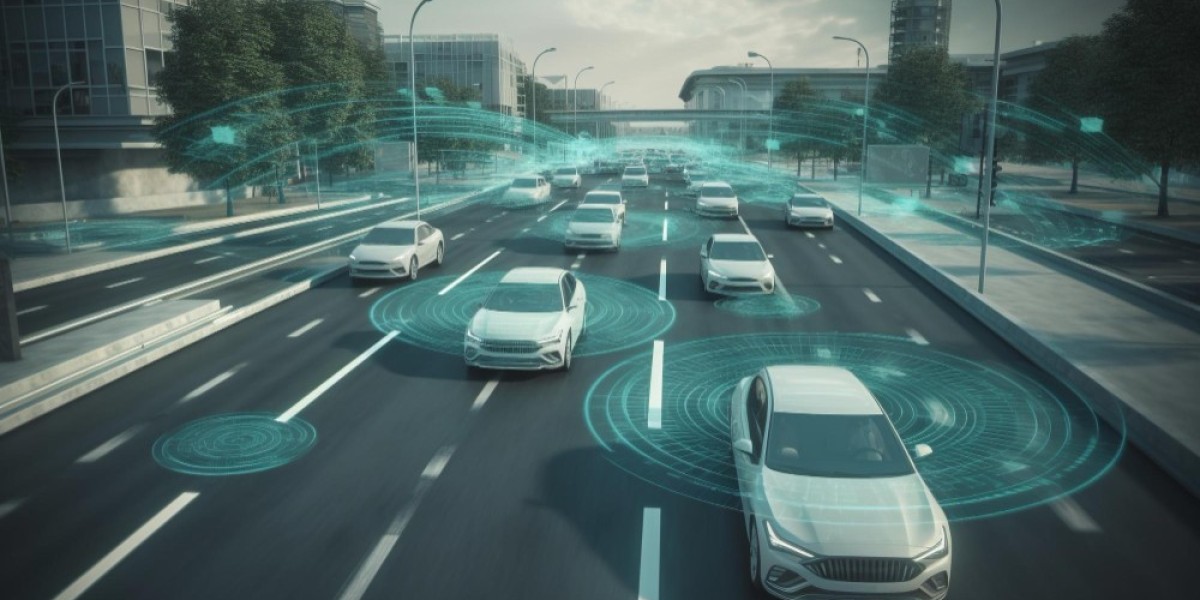The automotive industry is undergoing a transformative shift, with autonomous vehicles (AVs) at the forefront of innovation. These self-driving cars rely on cutting-edge technologies to navigate safely and efficiently without human intervention. One of the most critical technologies enabling the functionality of autonomous vehicles is computer vision.
What is Computer Vision?
Computer vision is a field of artificial intelligence (AI) that focuses on enabling machines to interpret and understand the visual world. Through the use of cameras, sensors, and machine learning algorithms, computer vision systems can process images and videos to extract meaningful information. This technology allows machines to "see" and make decisions based on the visual input they receive, much like how humans rely on sight to navigate their environment.
In the context of autonomous vehicles, computer vision is responsible for enabling cars to "see" their surroundings and make informed decisions. It allows the vehicle to detect and recognize objects, interpret traffic signals, and understand road conditions. Without computer vision, autonomous vehicles would be unable to function autonomously and safely.
How Computer Vision Powers Autonomous Vehicles
Autonomous vehicles are equipped with multiple sensors and cameras that provide real-time visual data to the vehicle's AI system. These inputs are then processed by computer vision algorithms, which help the vehicle navigate its environment.
Object Detection and Recognition
One of the primary functions of computer vision in autonomous vehicles is object detection and recognition. By analyzing data from cameras and sensors, computer vision systems can identify various objects on the road, such as pedestrians, other vehicles, traffic signs, and obstacles. This is crucial for the vehicle to make real-time decisions, such as slowing down when approaching a pedestrian or stopping at a red light.
Lane Detection and Road Marking Recognition
Computer vision also plays a key role in helping autonomous vehicles stay within their lane. Through the use of cameras and deep learning algorithms, the vehicle can detect lane markings on the road and adjust its steering to maintain its position. This capability ensures that the vehicle follows the road's path safely and avoids collisions with lane boundaries.
Traffic Sign and Signal Recognition
Another important function of computer vision is the recognition of traffic signs and signals. Autonomous vehicles must understand traffic laws and rules of the road, such as stop signs, speed limits, and yield signs. By processing visual data from road signs and traffic signals, computer vision systems can ensure that the vehicle responds appropriately to these signals, enabling safe and legal driving behavior.
Obstacle Avoidance and Collision Prevention
An essential aspect of autonomous vehicle operation is the ability to detect and avoid obstacles in real-time. Computer vision systems can analyze the visual data to identify potential hazards, such as debris, potholes, or other vehicles. The vehicle can then take appropriate action, such as steering, braking, or accelerating, to prevent collisions. This constant, real-time analysis of the environment is crucial for ensuring the safety of both the autonomous vehicle and other road users.
Challenges and Limitations of Computer Vision in Autonomous Vehicles
While computer vision is a powerful tool for autonomous vehicles, there are still challenges and limitations that need to be addressed. One of the primary concerns is the reliability of computer vision systems under various weather and lighting conditions. For example, heavy rain, fog, or low light can significantly reduce the performance of visual sensors, making it difficult for the vehicle to detect objects accurately.
Another challenge is the complexity of real-world environments. Autonomous vehicles need to be able to handle a wide range of scenarios, from complex urban streets to rural roads. Variations in road conditions, traffic patterns, and unexpected events can make it difficult for computer vision systems to consistently perform at a high level. Ensuring that these systems can handle such variability remains a key area of development.
Moreover, while computer vision systems have made significant strides, they still cannot match the capabilities of the human eye in some areas. The technology may struggle to accurately interpret certain visual data, particularly when faced with ambiguous or unclear scenarios.
The Future of Computer Vision in Autonomous Vehicles
Despite the current challenges, the future of computer vision in autonomous vehicles looks promising. As AI and machine learning algorithms continue to advance, computer vision systems will become increasingly sophisticated, improving their accuracy and reliability. Additionally, the integration of other technologies, such as LiDAR and radar, will complement computer vision and enhance the overall safety and functionality of autonomous vehicles.
The continued development of computer vision development services will play a pivotal role in overcoming existing challenges and refining the capabilities of autonomous vehicles. As these systems become more advanced, we can expect to see a future where self-driving cars can navigate safely and efficiently in all types of environments, bringing us one step closer to a world with fully autonomous transportation.
Conclusion
Computer vision is a cornerstone of autonomous vehicle technology, enabling self-driving cars to navigate the world with precision and safety. From object detection to lane recognition, computer vision helps vehicles understand their environment and make critical driving decisions. While there are still challenges to overcome, the future of computer vision in autonomous vehicles is bright. As the technology continues to evolve, it promises to revolutionize transportation and pave the way for a safer, more efficient future on the road.













